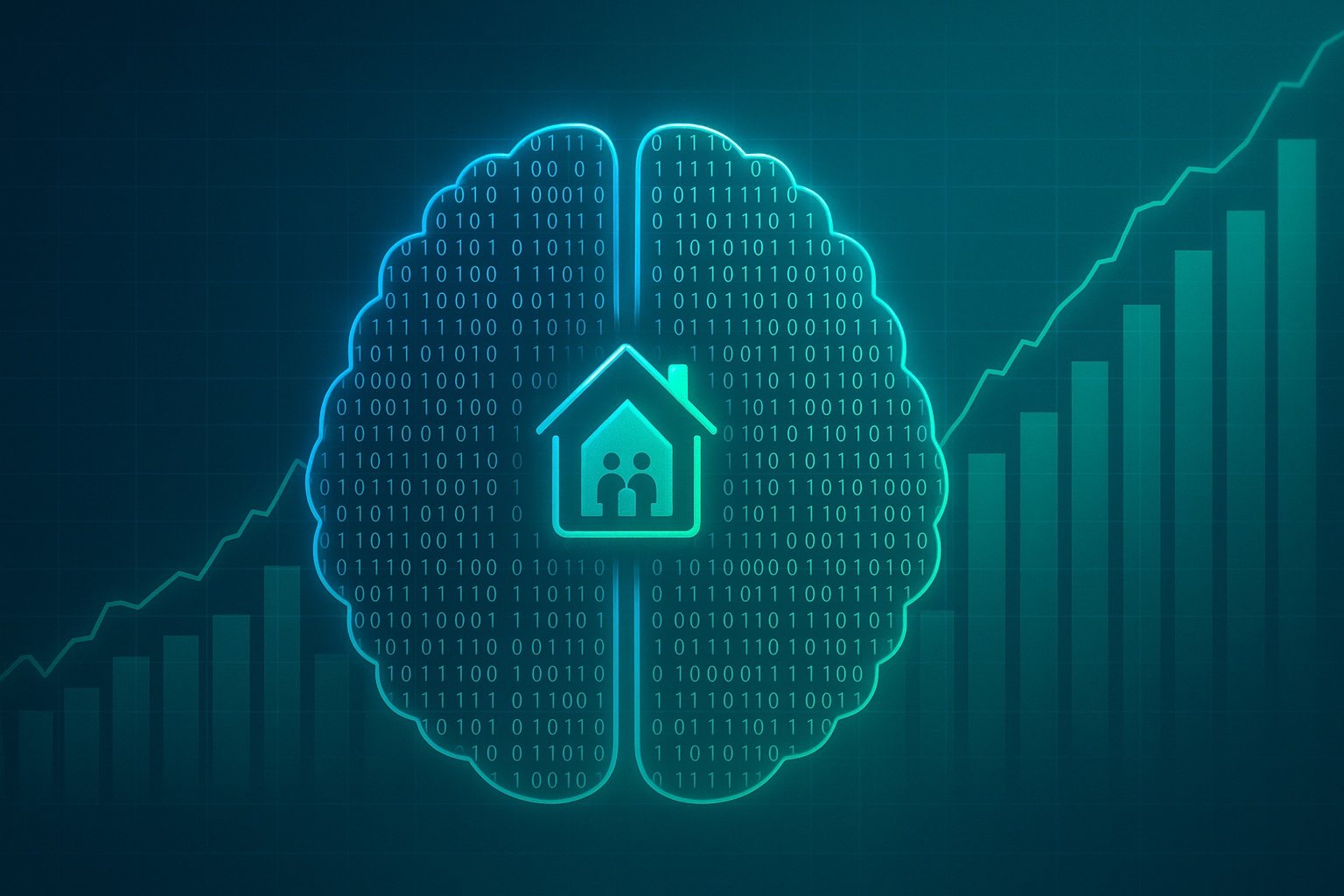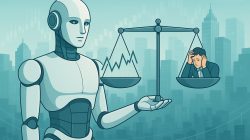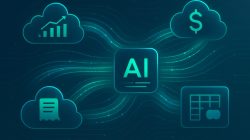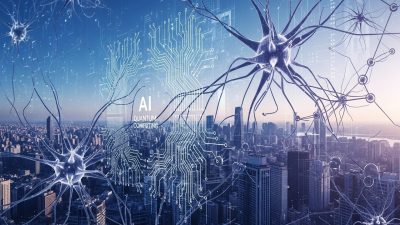Retirement planning has long been a complex and daunting task, often involving intricate calculations, projections, and a deep understanding of financial markets. However, the advent of artificial intelligence (AI) is poised to revolutionize this landscape, offering the potential for highly personalized and effective retirement plans.
Understanding the Limitations of Traditional Retirement Planning
Traditional retirement planning often relies on generic guidelines and broad assumptions about individual circumstances. Financial advisors may use standardized questionnaires and historical data to create a plan, but these methods often fail to account for the unique complexities of each person’s financial situation, risk tolerance, and future goals. This can lead to suboptimal outcomes, leaving individuals unprepared for the financial realities of retirement.
How AI is Transforming Retirement Planning
AI offers a powerful alternative by leveraging machine learning algorithms to analyze vast amounts of data and identify patterns that would be impossible for humans to detect. This allows for a more granular and personalized approach to retirement planning. Here’s how AI is making a difference:
- Personalized Projections: AI can analyze an individual’s income, expenses, savings, investment portfolio, and other financial data to create highly accurate retirement projections. These projections can factor in various scenarios, such as market fluctuations, inflation, and unexpected life events, providing a more realistic view of future financial security.
- Risk Assessment: AI algorithms can assess an individual’s risk tolerance based on their investment behavior, financial goals, and psychological profile. This allows for the creation of investment portfolios that are aligned with their comfort level and long-term objectives.
- Investment Optimization: AI can continuously monitor market conditions and adjust investment portfolios to maximize returns and minimize risk. This can involve rebalancing assets, identifying new investment opportunities, and adapting to changing market dynamics.
- Automated Advice: AI-powered robo-advisors can provide personalized retirement advice at a fraction of the cost of traditional financial advisors. These platforms use algorithms to create and manage investment portfolios, offering a convenient and affordable way to access professional financial guidance.
- Tax Optimization: AI can help individuals minimize their tax burden by identifying tax-advantaged investment strategies and optimizing their retirement withdrawals.
The Benefits of AI-Powered Retirement Planning
The adoption of AI in retirement planning offers several key benefits:
- Increased Accuracy: AI-powered projections are more accurate than traditional methods, providing a more realistic view of retirement readiness.
- Personalized Guidance: AI provides tailored advice that is specific to each individual’s unique circumstances and goals.
- Improved Investment Performance: AI can optimize investment portfolios to maximize returns and minimize risk.
- Lower Costs: Robo-advisors offer a more affordable alternative to traditional financial advisors.
- Greater Accessibility: AI-powered platforms make retirement planning more accessible to a wider range of individuals, regardless of their income level or financial knowledge.
Challenges and Considerations
Despite its potential, the use of AI in retirement planning also presents some challenges and considerations:
- Data Privacy and Security: AI algorithms require access to sensitive financial data, raising concerns about privacy and security. It is crucial to choose platforms that have robust security measures in place to protect user data.
- Algorithmic Bias: AI algorithms are trained on historical data, which may reflect existing biases in the financial system. This can lead to unfair or discriminatory outcomes. It is important to ensure that AI algorithms are designed to be fair and unbiased.
- Lack of Human Oversight: While AI can automate many aspects of retirement planning, it is important to maintain human oversight to ensure that the advice is appropriate and aligned with the individual’s best interests.
- Understanding the Technology: Individuals need to understand how AI works and what factors are influencing the recommendations they receive. This requires transparency and clear communication from AI-powered platforms.
The Future of Retirement Planning with AI
The future of retirement planning is undoubtedly intertwined with the continued development and adoption of AI. As AI technology advances, we can expect to see even more sophisticated and personalized retirement planning solutions emerge. This includes the use of AI to:
- Predict future healthcare costs: AI can analyze medical records and other data to predict future healthcare costs, allowing individuals to plan accordingly.
- Optimize social security benefits: AI can help individuals determine the optimal time to claim social security benefits to maximize their lifetime income.
- Manage longevity risk: AI can help individuals plan for the possibility of living longer than expected.
Conclusion
AI has the potential to transform retirement planning, making it more personalized, accurate, and accessible. While challenges and considerations remain, the benefits of AI-powered retirement planning are undeniable. As AI technology continues to evolve, it is likely to play an increasingly important role in helping individuals achieve their retirement goals.








